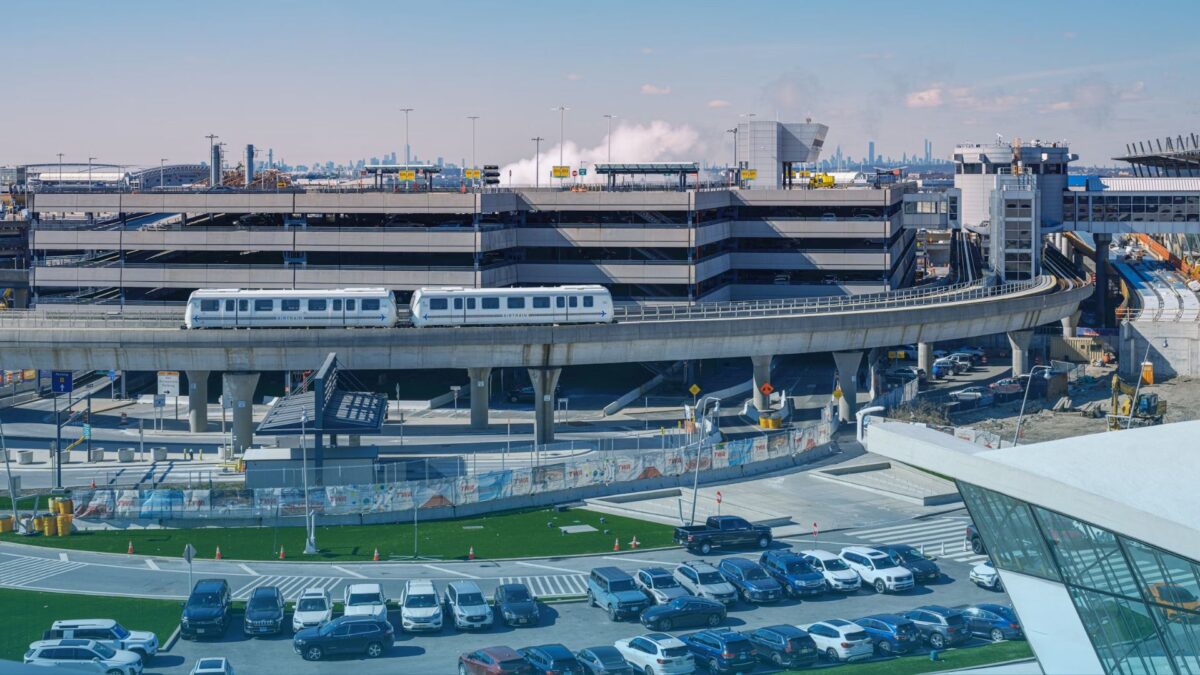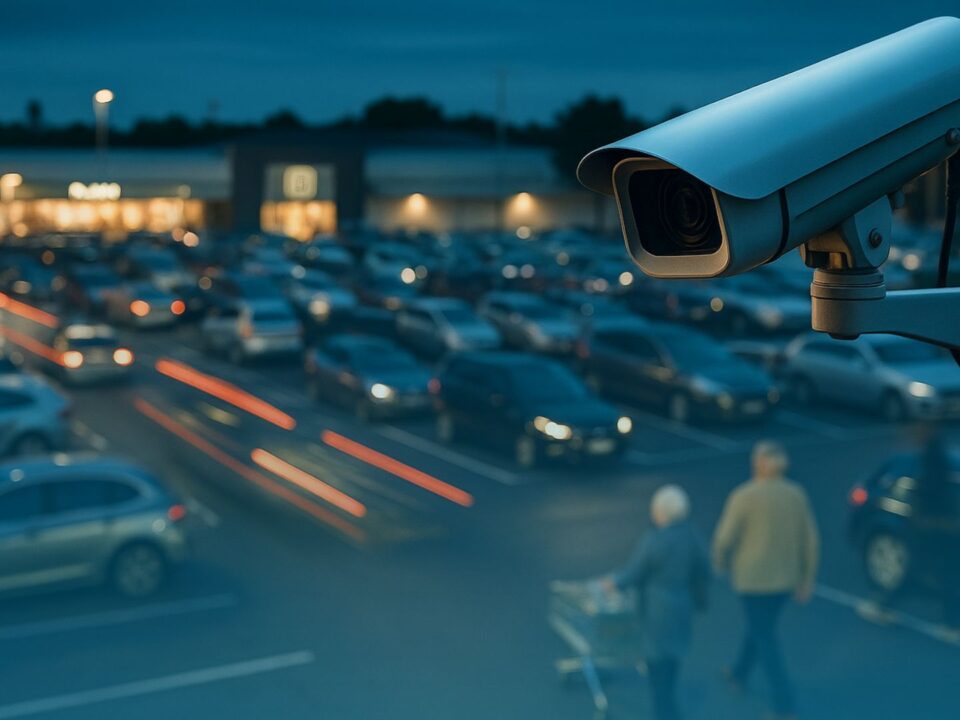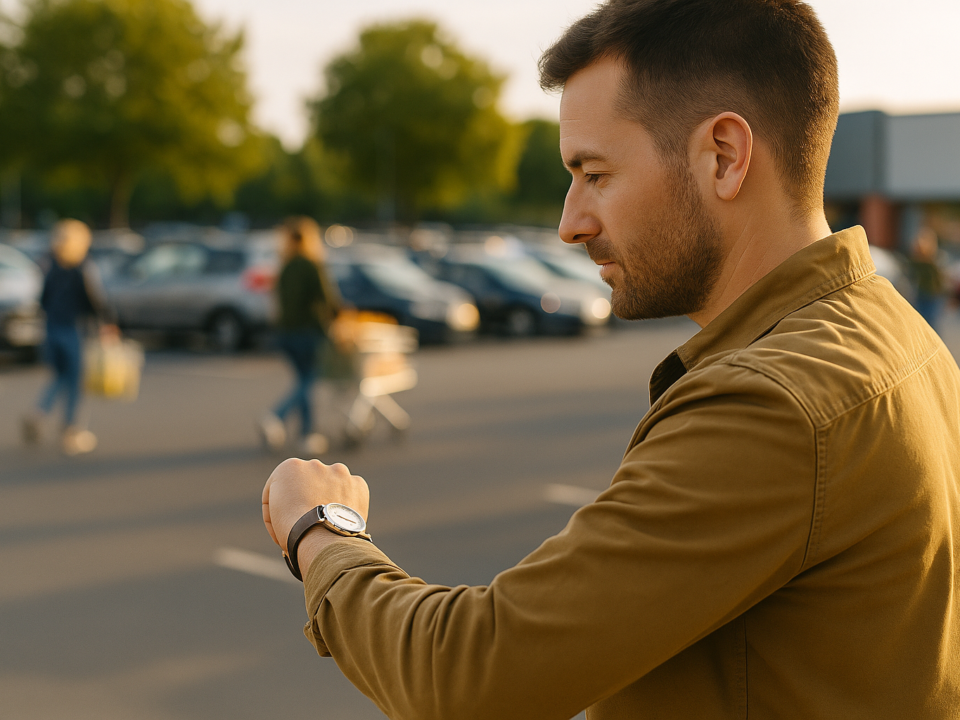It’s not your car park they’re using. It’s your location

What ANPR is teaching us about changing habits
15/09/2025When the wrong people keep finding their way in. And the right ones stop bothering.
You don’t want to overreact.
It’s just parking, after all.
But lately, the balance has shifted.
You’re not sure when it started.
Maybe it was the guy in the gym gear who started showing up most mornings.
Maybe it was the silver hatchback that doesn’t belong to anyone you rent to, but keeps finding its way into the same bay.
Maybe it was that Friday afternoon your own delivery driver couldn’t get in.
Whatever it was, it’s left you with the same sinking feeling.
It’s your property.
You maintain it.
You pay the insurance.
And more and more, it’s being used by people who have nothing to do with you.
No one’s blocking the entrance.
No one’s causing a row.
But somehow, the space has been claimed.
And it doesn’t feel fair.
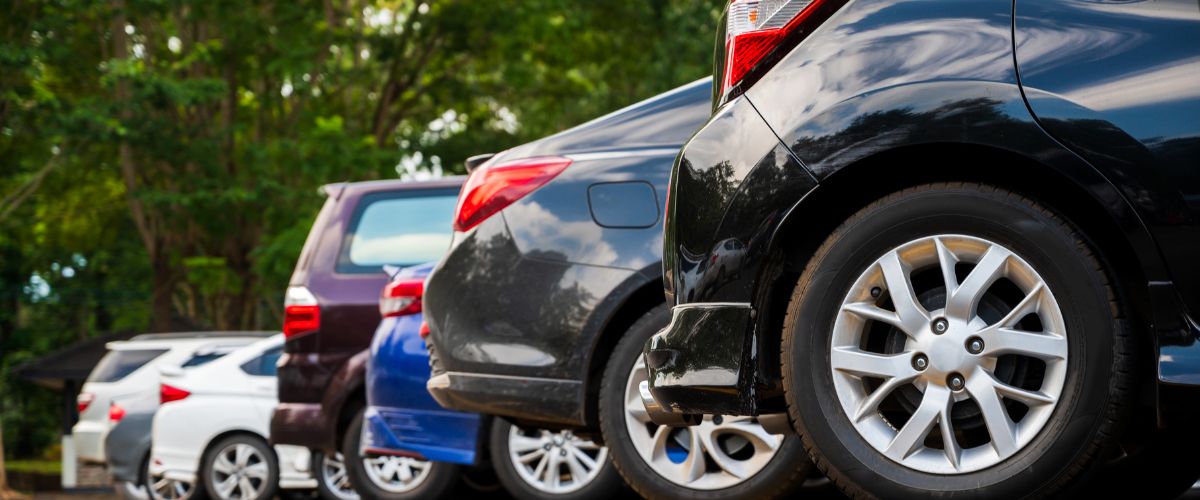
What’s really going on here
You start looking at the businesses nearby.
The artisan café doing a nifty ‘click-and-collect’.
The pilates studio that overran its own capacity two years ago.
The station just around the bend.
The school run that spills out in every direction.
And you begin to see it more clearly.
They’re not using your car park.
They’re using your location.
It’s a familiar problem
And it has a name.
Proximal misuse. That’s when a private car park becomes a kind of overspill. Not through malice. Not through mistake. But simply because it’s close, convenient, and available. It becomes the path of least resistance. And a reliable one, at that.
In effect, your car park turns into a proximal misuse magnet: gradually and subtly attracting the wrong users because of what’s around it, not because of who it’s meant to serve.
This isn’t about aggressive trespass.
It’s about drift.
And you’re the one absorbing the pressure.
It plays out differently depending on where you are. In a small town, it might be people parking to use the high street shops, walking off through the alley without hesitation. In a city, it could be gym members or takeaway drivers who know your forecourt gives them an easy turnaround. Near a station, it’s the commuters who park first thing and return after dark, leaving no room for anyone else. The details vary, but the result is the same: those who rely on your car park stop being able to rely on it.
When you lose the space you pay for
Let’s be honest.
It’s not your tenants causing the problem.
It’s not your customers staying too long.
It’s not your staff treating the place badly.
It’s other people.
People who walk off site with confidence, because no one’s ever stopped them.
People who’ve worked out that no one checks, no one notices, no one follows up.
People who know that your car park is an easier option than the council one.
Or cheaper than the train station.
Or more convenient than double-parking by the florist.
And while they’re not thinking about you, they’re displacing the people who actually belong there.
That’s the part that stings.
The customers you do want, circling twice before giving up.
The cleaner arriving early just to guarantee a space.
The person with mobility issues having to park further away, while someone else walks off with their coffee.
You don’t need to be heavy-handed.
But you do need to be honest.
This is no longer a shared understanding.
It’s a system that’s being taken for granted.
And it’s costing you. In ways that are hard to measure, but easy to feel.
And the longer it goes on, the more normal it starts to feel. The car park looks full, so no one questions it. The problems get brushed off. But slowly, the people the space was meant to support start to feel like they're intruding. You can sense it in the way they speak. The way they ask. The way they apologise for not being able to find a space. Your own people are being made to feel like they’re in the way. And the ones who are actually in the way keep walking off without a second thought.
And without structure, it only goes one way.
Because once that pattern sets in, it becomes hard to reverse.
The same cars.
The same faces.
The same “just popping in” storylines.
They’re not doing anything new.
They’re just doing it again.
And again.
And again.
Until the wrong use becomes the normal one.
This is what it looks like when proximity overrides purpose.
Not a flashpoint.
A drift.
And if you don’t put something in place to correct it, it will keep drifting.
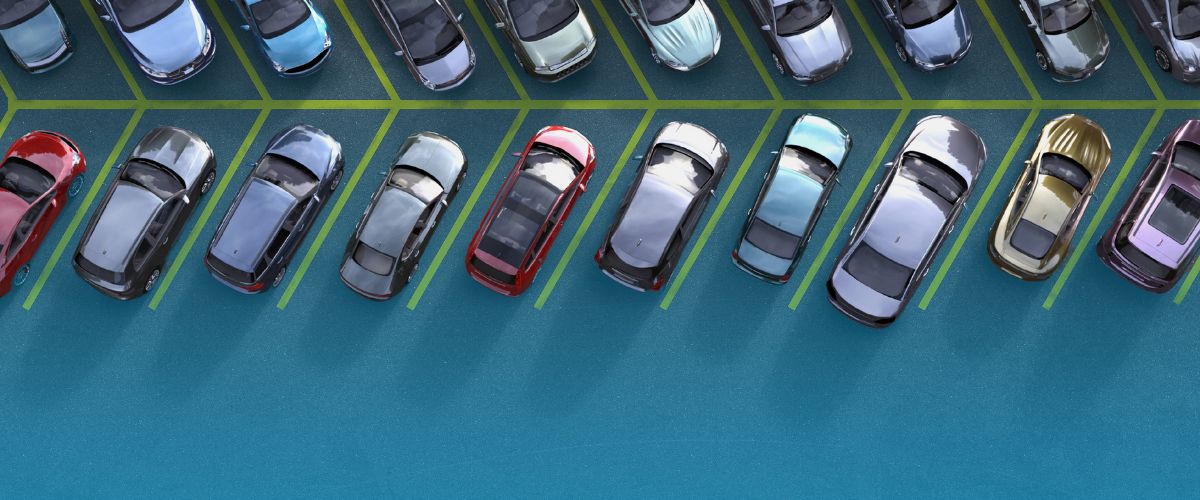
How to take it back (without changing the mood)
So what’s the solution?
It’s not confrontation.
It’s not signage arms races.
And it’s not about punishing people who genuinely need to park there.
It’s about structured control.
A camera system that notices patterns.
A ruleset that fits the way your site actually works.
An exemption process that keeps the right people protected: and the wrong ones firmly outside the boundary.
Nothing noisy.
Nothing overbearing.
Just the ability to protect what’s already yours; without standing out in the rain taking down number plates.
You’re not asking for special treatment.
You’re not making life difficult for the community.
You’re just making sure your car park does what it was designed to do.
Support your building.
Serve your staff.
Offer a place for the people who are actually supposed to be there.
This is your car park.
It sits on your land.
It supports your tenants, your customers, your business.
You’ve been patient.
You’ve let things flow.
But lately, that flow is going somewhere else. And taking your capacity with it.
And you’re allowed to say: “enough”.
Because the issue isn’t the drivers.
And it isn’t the layout.
And it isn’t your management.
It’s your location.
And now it’s time to take it back.

